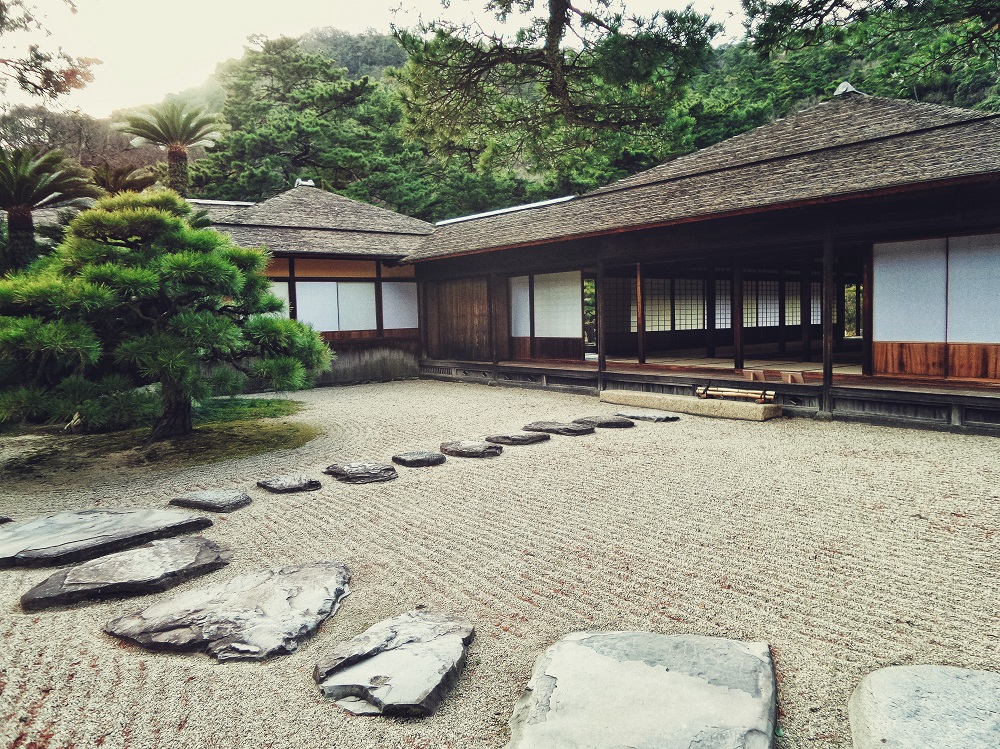You’ve decided to buy a new floor. It’s officially time for some shopping. You might have been doing some research and stumbled upon engineered versus solid hardwood flooring.
While they look the same, they can differ in many ways. Which one should you pick? Use this article as a guide:
What Is Engineered Flooring?
Engineered flooring is made up of multiple layers. The top layer consists of a flexible sheet or planks that are adhered to an underlayment, the bottom layer. The materials comprising the top and bottom layer vary depending on manufacturer preferences, but these elements act as shock absorbers.
Many engineered floors can also be customized with additional accessories such as border strips, metal bar caps, PVC edge profiles, or moisture barrier underlayments, which can give your floor durability and visual appeal.
The most common material used in engineered wood flooring is plywood. However, other types of wood like Heritage hickory hardwood flooring can be used for specific looks. Engineered floors should not be confused with laminate floors, which are essentially photographs printed onto standard composite materials such as medium-density fiberboards (MDFs).
How Does Engineered Flooring Differ from Solid Wood Flooring?
Solid wood floors contain a single piece of lumber, which is used to make an individual board. When finished, the boards are pulled together and fastened tightly to create one uniform surface.
Engineered and laminate floors use multiple layers of plywood (birch, maple, or oak) for increased stability and strength against warping or breakage due to humidity, temperature fluctuations, or damage from heavy appliances like stoves or washing machines.
It also reduces cost. An engineered plank has more material than a solid plank but requires less wood than the average solid plank. This means that prices can be kept low while still providing consumers with high-quality products.
One can also compare solid and engineered hardwoods in the following ways:
1. Versatility
Engineered floors have several benefits over solid wood floors. Because they are made of plywood rather than lumber, they can be machine-made in large quantities at low prices while still providing warmth and character to your home.
Some products can even be prefinished before shipping. Their installation is faster than solid wood planks, which can take a few days with a large crew, while prefinished floors only need a day or two to complete.

Engineered flooring is also less likely to experience swelling or shrinking over time since it consists of several layers rather than one continuous piece of lumber.
2. Installation
The process of installing engineered floors is quite similar to that of installing solid hardwood floors. The installer firsts lays down a layer of underlayment. It acts as a cushion between the subfloor and the finished product.
Once the underlayment has been laid, it is covered by an adhesive and fastened using a flooring nailer. As more layers are added, they are again covered by adhesive and nailed down until it reaches its desired thickness.
Some engineered wood products go entirely over existing floors without the need for additional padding or underlayment. However, this does not hold for all manufacturers.
3. Durability
Because the thickness of engineered flooring has been standardized, their installation in most rooms is very straightforward. Their ability to resist shrinkage or expansion from humidity changes makes them ideal in kitchens and bathrooms. On the other hand, solid woods might have problems expanding or contracting.
Engineered flooring is also very durable and much less likely to scuff or scratch than solid hardwood, which requires extra care when moving heavy objects across the surface.
However, because they are made from multiple layers of wood rather than one piece, engineered floors can be prone to long-term wear. Each layer has a shorter lifespan than the average solid plank. This means that engineered floors should be replaced after about 20 years, while most solid woods can last for over 50 years.
When properly cared for and maintained, engineered hardwood flooring can provide your home with warmth and character at a fraction of the price of traditional hardwoods.
4. Maintenance
Engineered wood floors are very easy to maintain and require little attention compared to solid hardwood. Their surfaces should be mopped with warm water and a soft cloth, followed by a gentle polishing using a dry microfiber mop.
For an even cleaner floor, you can also use diluted vinegar or bleach to remove any organic buildup accumulated on the surface.
Because engineered floors are made from different layers of wood rather than one continuous piece, they don’t need to be refinished every few years, unlike many solid kinds of wood, which typically need this process to maintain their beauty.
Your choice depends on what you need—and want. Are you looking for the real deal? Get a solid hardwood plank. Would you like to save money? There’s engineered hardwood. If you want something that lasts a long time, solid hardwood is a better choice. However, you might find engineered hardwood a lot easier to maintain.


